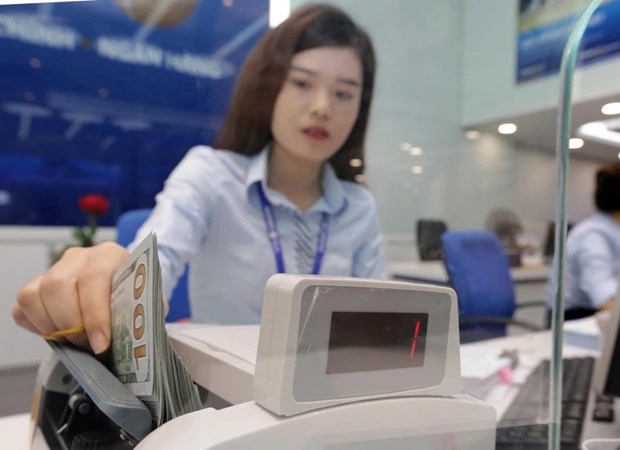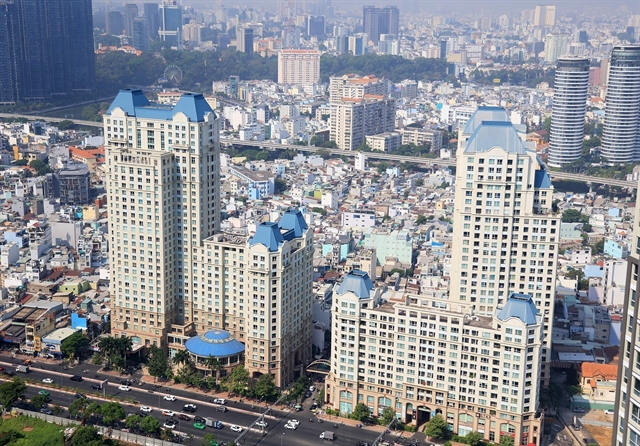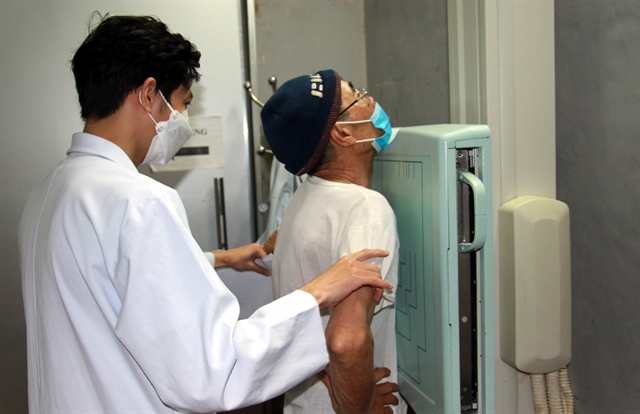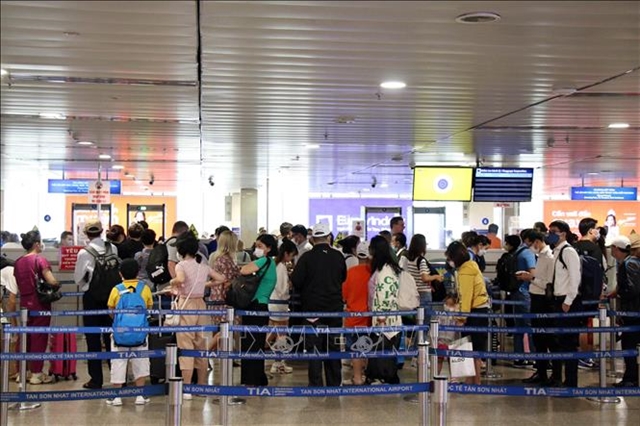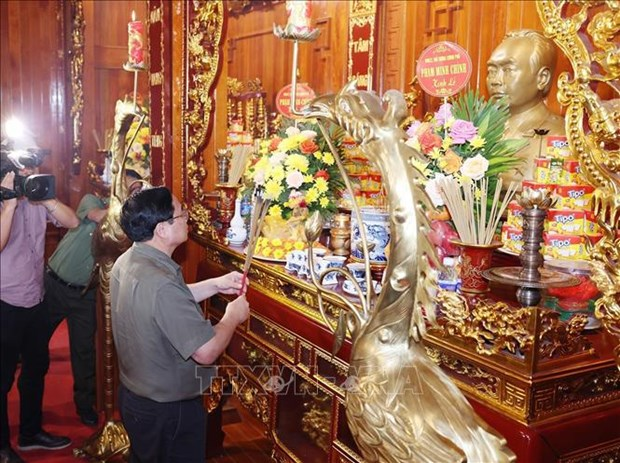 Society
Society

Hà Nội’s Cát Linh – Hà Đông elevated railway is set to launch after a testing phase lasting between three to six months.
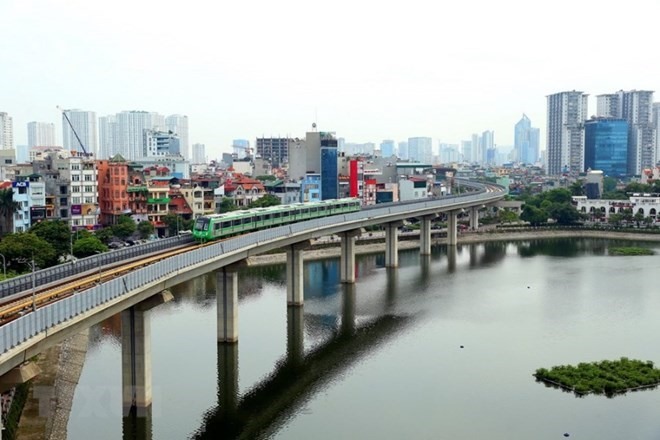 |
| The Cát Linh - Hà Đông elevated train undergoes a trial through Hoàng Cầu Bridge in Đống Đa Disstrict. — VNA/VNS Photo Huy Hùng |
HÀ NỘI — Hà Nội’s Cát Linh – Hà Đông elevated railway is set to launch after a testing phase lasting between three to six months.
The trial will commence on September 20, deputy director of the Ministry of Transport’s Railway Project Management Board Vũ Hồng Phương told the project review meeting on Thursday.
“Considering similar urban railway projects around the world, the trial period normally lasts from three to six months,” he said.
On the occasion, Phương reported that the Chinese contractor has been slow in completing the project and finalising the detailed test plan, maintenance procedures and system safety dossiers, which might influence the project handover.
At the meeting, transport officials expressed their concern about payments made to 681 workers who will be involved in operating the train during the trial period. A total of VNĐ116.5 billion (nearly $5 million) had been paid for providing theoretical and practical training for the workers in China and Việt Nam.
Minister of Transport Nguyễn Văn Thể has asked deputy minister Nguyễn Ngọc Đông to work with the city authority, investors and relevant agencies to solve existing problems.
As much as 96 per cent of the project’s installation and construction work has been completed, the online newspaper Vietnamplus reported.
Since August 1, the railway has been connected to the national power grid for trial operation.
Connecting Đống Đa District’s Cát Linh Street with Hà Đông District’s Yên Nghĩa bus station, the 13km-long elevated railway includes 12 stations and a depot at Phú Lương Ward in Hà Đông District. The railway will operate 13 trains with four carriages each running every two minutes at speeds of 35 to 80kmph.
The railway has been constructed using Official Development Assistance (ODA) from China with a total investment of US$868 million. — VNS



